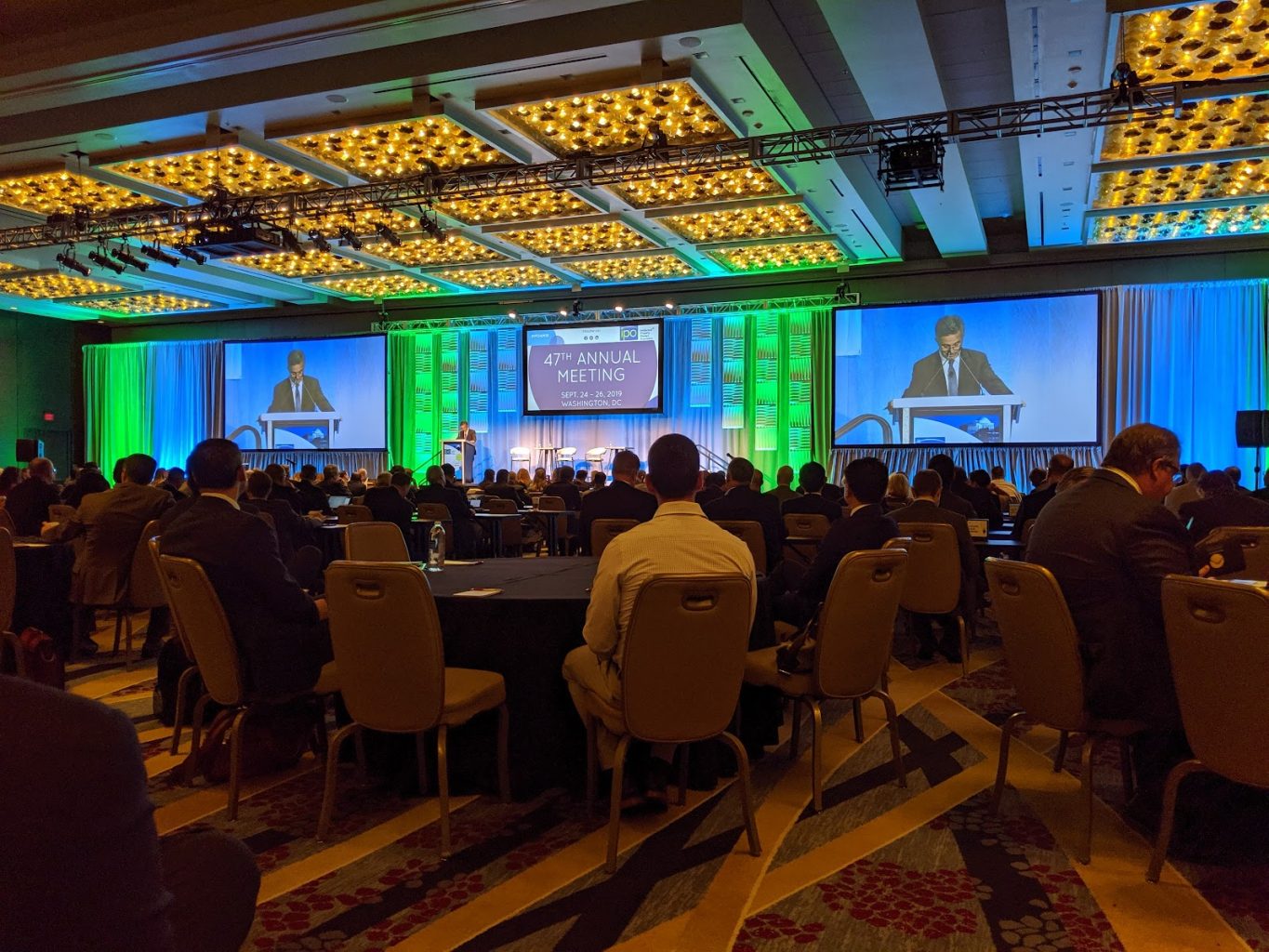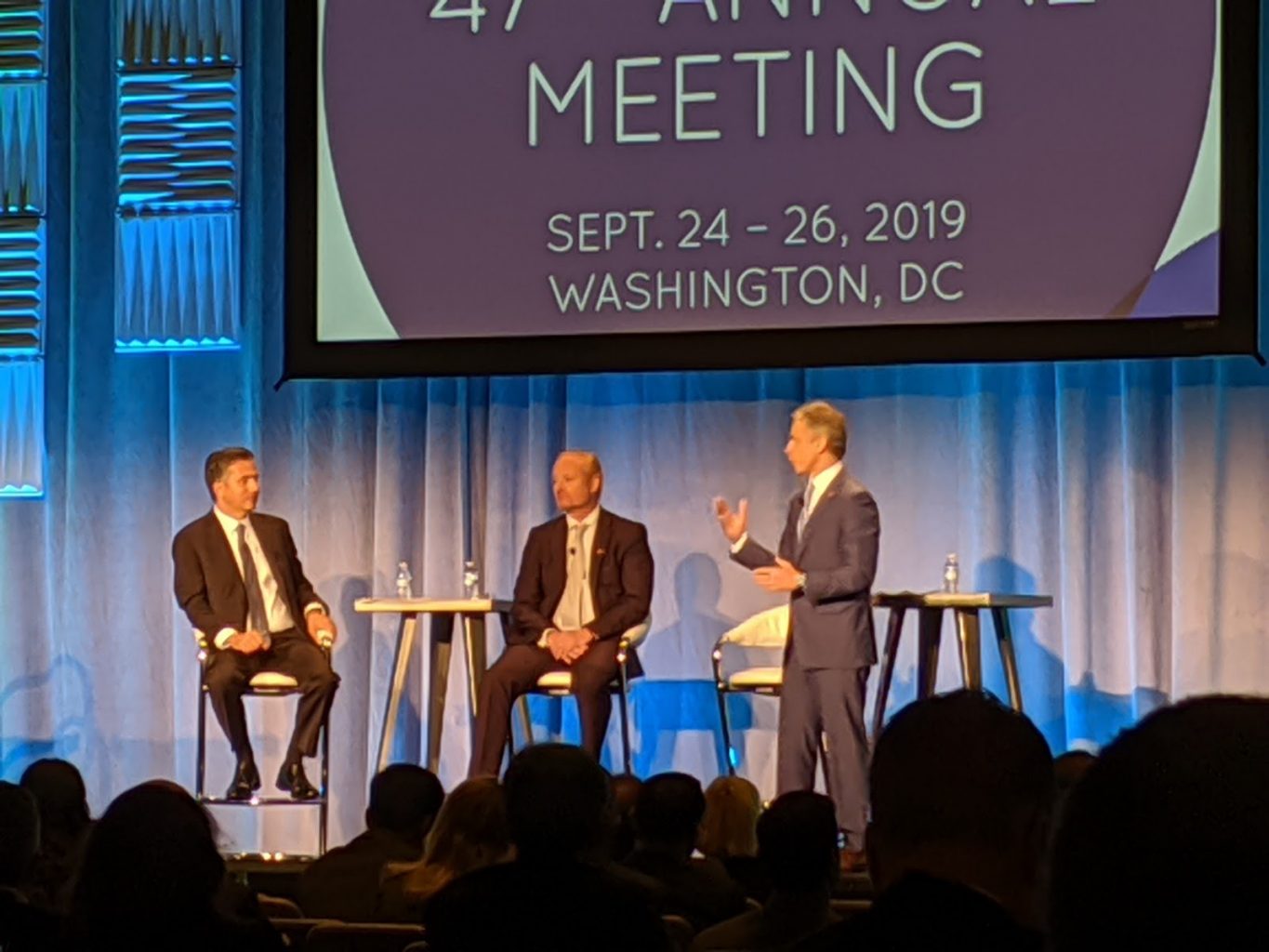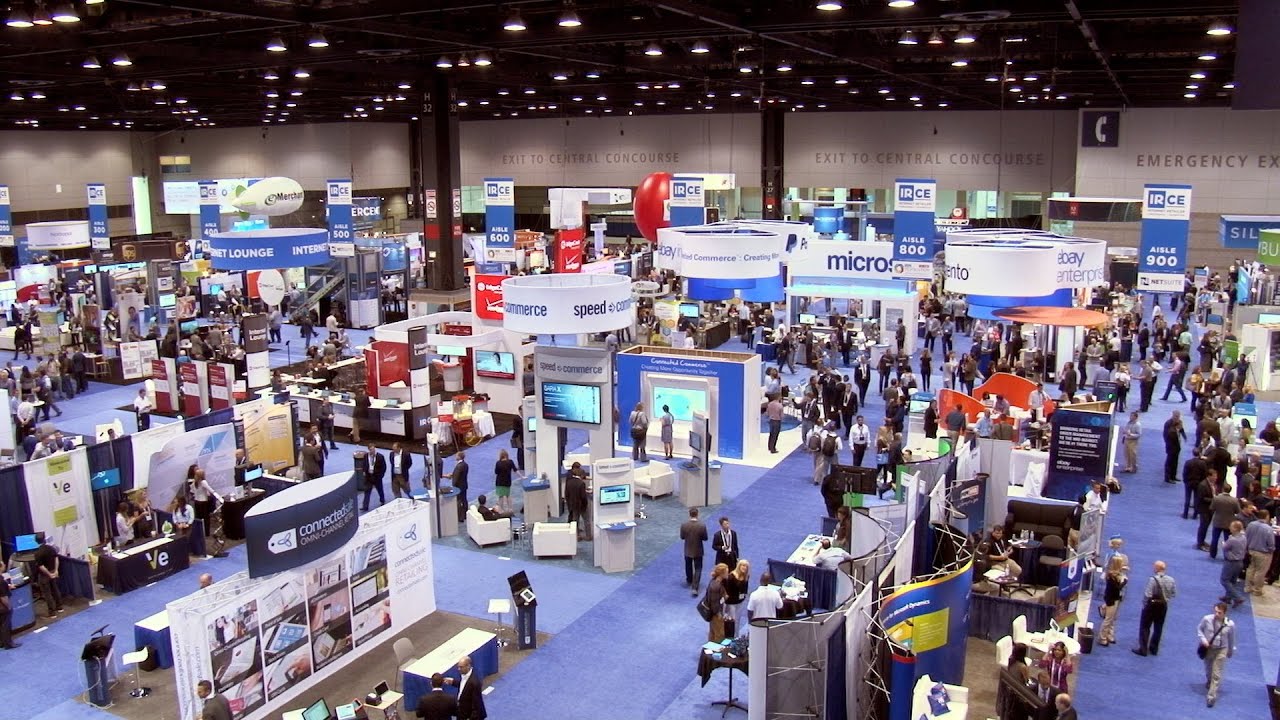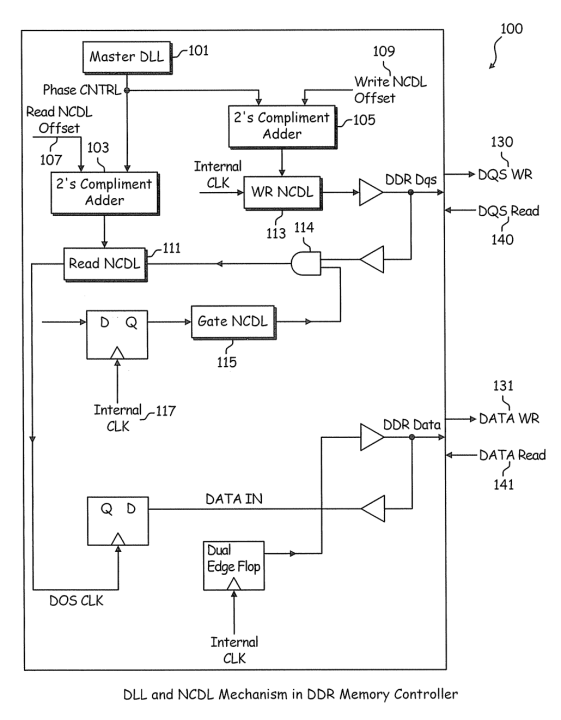The Intellectual Property Owners Association (IPO) Annual Meeting was held from September 24th to the 26th in Washington, DC hosting over 1,200 intellectual property professionals. Eric Podlogar, Josh Riegle, and Jake Sweeney represented ktMINE at the event.
The Lay of the Land
Unfortunately, the vendor booths were located on the basement floor of the convention center, two floors away from the sessions which reduced the opportunity to network with attendees, however, luck was on our side with our corner real estate.
The ktMINE booth was located in the front of the vendor hall, where a lot of traffic was as attendees came and went. We were also able to utilize the extra space from the coffee and food area to invite people into our booth, extracting them from the crowd. The placement of coffee and meal breaks close to our location, allowed our charismatic team to draw in folks for several meaningful conversations.


The Keynote(s)
Elisabeth Stewart Bradley, former Vice President and Head of Trademark, Copyright, and Brand Protection Law at Bristol-Myers Squibb, and soon-to-be commissioner of the WNBA provided this year’s keynote.
We are witnessing the fourth Industrial Revolution, and how in these interesting times, there’s a need for extra leadership.
Companies are evolving beyond technology and past data to become “platform” providers. She posed that platform business models represent the latest in business growth opportunities (think Amazon, Google, Microsoft, and Facebook).
She also spoke about how data, is “mud on the windshield”, left to be processed and digested, where it must be made more than just “available”, it must be “accessible”. Those companies that can perform the analysis will be better positioned to exploit the potential opportunities.
Next up, Antonio Campinos, President of the European Patent Office, and Andre Iancu, Director of the USPTO and talked about how improvement efforts in their respective offices becoming more harmonized. The results are contributing to advances in GDP, employment, and trade and ultimately encouraging IP owners to file more.
There were many great sessions including some very talented industry experts. These are a few that caught our eye:
Section 101 and STRONGER
A distinguished panel of policymakers from Google, Genentech, Klarquist Sparkman, Jordan IP Law, Eli Lilly, and Senator’s Coon’s office, discussed the current status of Section 101 of the US Patent Code and what the future may bring.
The “STRONGER” patent bill is designed to mitigate disconnects caused by 2011’s America Invents Act. There had been a significant move to avoid “litigation abuse”, which motivated the introduction of PTAB. Since then, the PTAB has been equated to a “patent death squad“.
The courts are unable to make clear what is patent-eligible: In the Athena v Mayo case, the federal circuit issued eight different opinions, highlighting that there is no consensus on this part of patent law.
As a result of the legal ambiguities, inventors in areas such as artificial intelligence, quantum computing, medical diagnostics are relying on trade secrets and other forms of intellectual property instead of patents in order to protect their innovations. These alternative forms may not be providing the necessary protection.
While the panel believes that the STRONGER patent act is dead for this Congress and possibly for next, they suggest that Congress is in a position to take advantage of bipartisan and bicameral support, encouraging simple, affirmative, and positive language that reaches across multiple and disparate industries and strengthens protection offered by patents.
Global Patent Litigation
A panel including representatives from Medtronic, Wanhuida Perksung, Allen & Overy, and Ulmer & Berne, presented data and insights on the global landscape of patent litigation, comparing different territorial venues. With volume north of 15,000 cases per year (interestingly, 95% of these involve domestic entities only), China dwarfs the U.S.’s ~2,000 cases. It may be interesting to note that there are 50 million civil cases in China, so maybe 15,000 patent-related cases isn’t so much? The Chinese court system is changing rapidly to address the explosion in IP activity. Like in Germany, the determination of validity and infringement is a bifurcated affair. The newly installed tribunals, intermediate courts, and Patent Reexamination Board (PRB) mirror the U.S. legal infrastructure, in an attempt to address increases in litigation volume.
From the U.S. perspective, the panel pointed out that while litigation may seem to be decreasing, if those cases involving “High Volume Plaintiffs” (NPEs) are taken out of the mix, the decline is not so obvious, and in fact may be stable.
Because there are many elements that factor into patent litigation, including costs, damages, potential injunctions, and the length of trial, there is some work to determine which jurisdiction is best. More than ever, a business perspective is necessary that considers market impact, major distribution locations, manufacturing locations, and goods-in-transit.
Litigation Funding
This panel included former USPTO Director David Kappos, Brian Fitzpatrick from Vanderbilt University, Sarah Tsou from Bentham IMF, and Heather Kliebenstein, Attorney from Merchant & Gould, with the main takeaway that IP assets or “claims” of a company need to be managed at the C-Suite level like any other asset.
The panel explained that the idea behind litigation funding is to balance risk and prevent plaintiffs from settling for far too little. Smaller inventors often suffer because against a largely accused infringer, they are unable to pursue a claim. Litigation funding ensures that assertions are maintained as a suitable deterrent against infringement. As an interesting aside, the field is uncorrelated to the stock market, therefore litigation funding represents a very unique and interesting investment opportunity, with plenty of eager and available private equity sources.
Litigation funding has exploded from the fringe to the center of litigation activity because of changing rules that now allow this form of “Alternative Funding”. As such, litigation funding for plaintiffs “bookends” liability insurance for defendants, with companies ranging everywhere from startups to those in the Fortune 100.
Patent holders are not waiting for legislative efforts to provide a solution and precedential case law is not accumulating at a sufficient rate, so new services have emerged and a new market is being born that has already grown into a multi-billion dollar industry.
Overall, the IPO 2019 event was a success for the ktMINE team. We were able to both connect with new faces and take home a ton of new information from the sessions we attended. If we missed you at IPO this year please do not hesitate to reach out to learn more about what the ktMINE Platform can do for your research strategy.
See you next year in San Diego!




